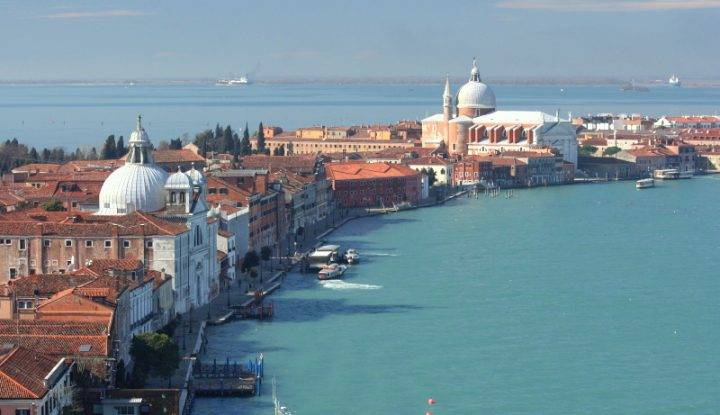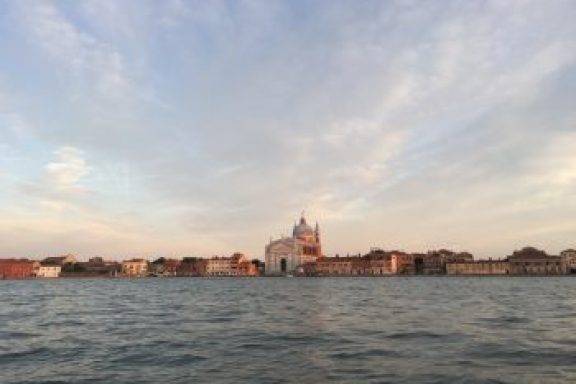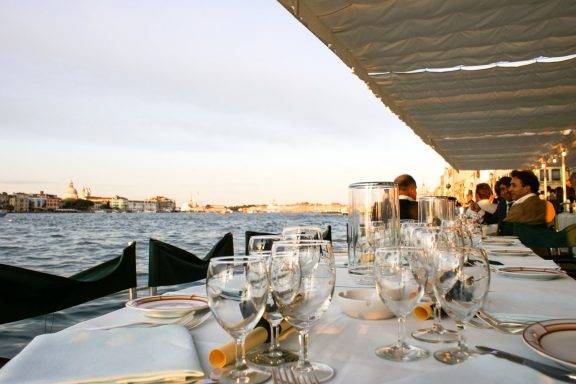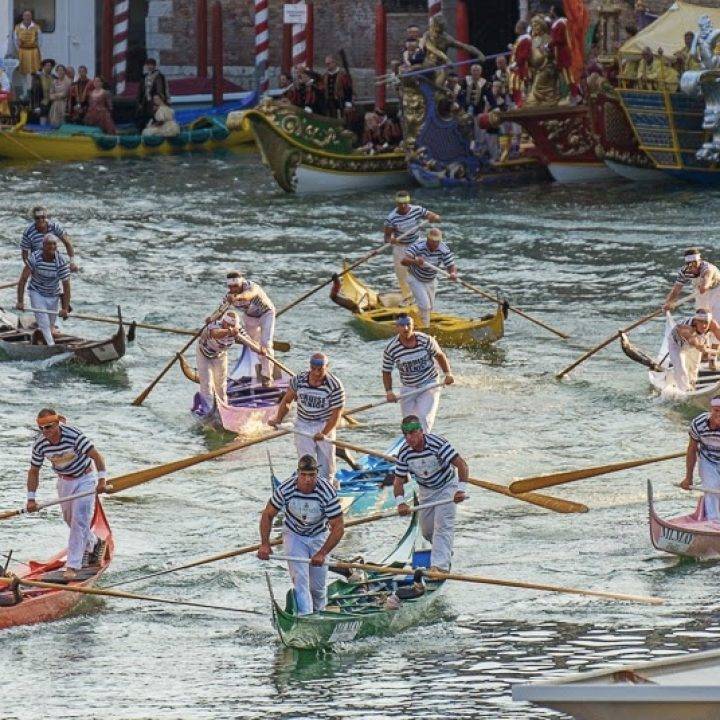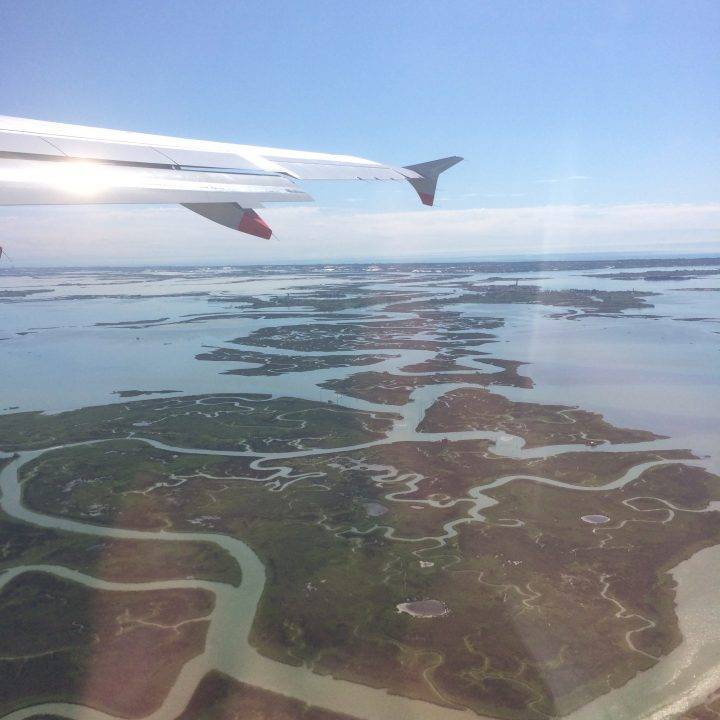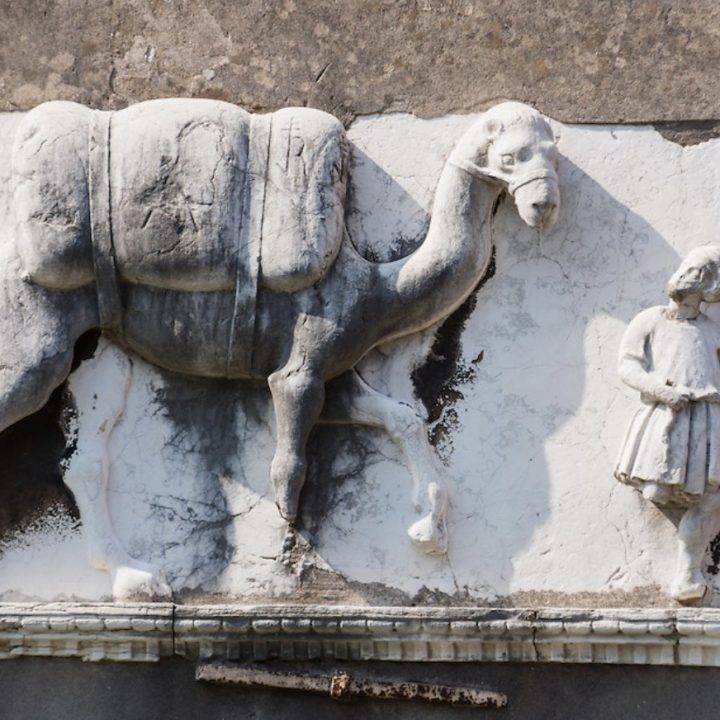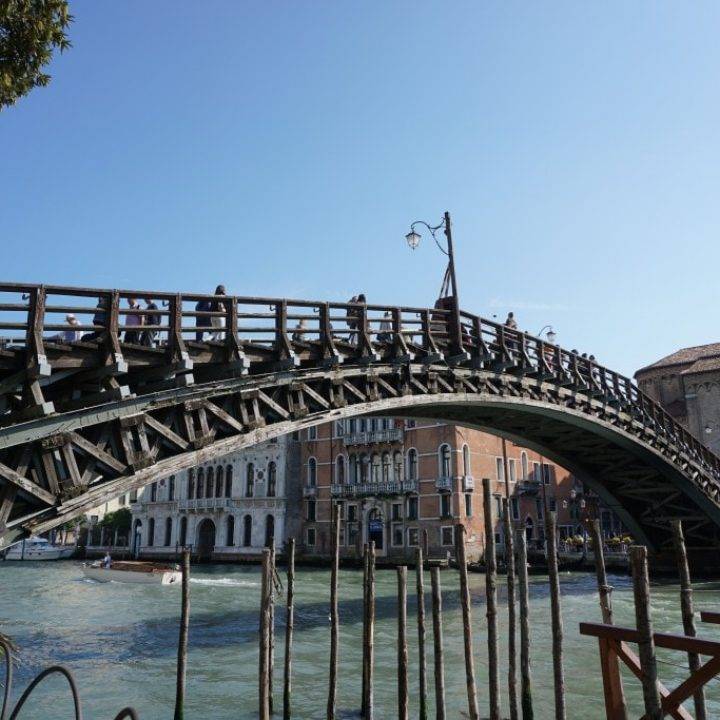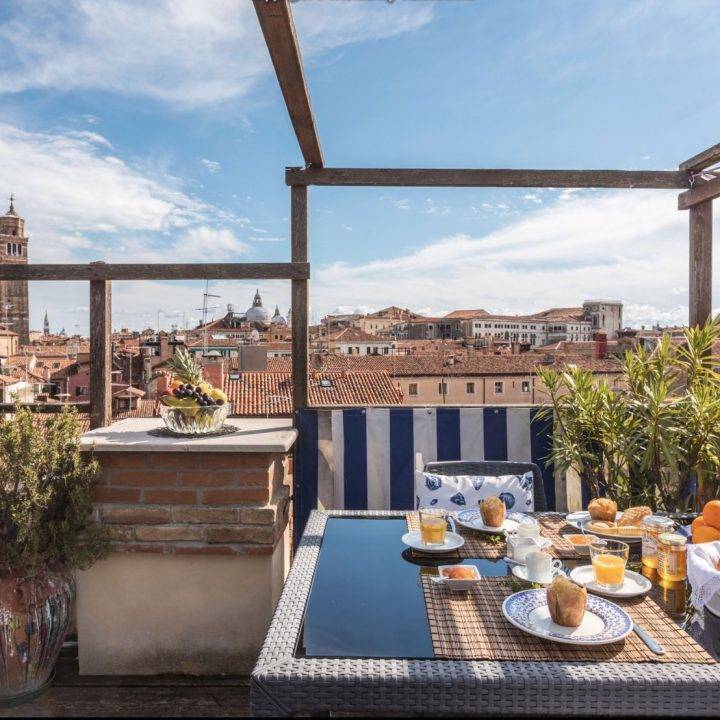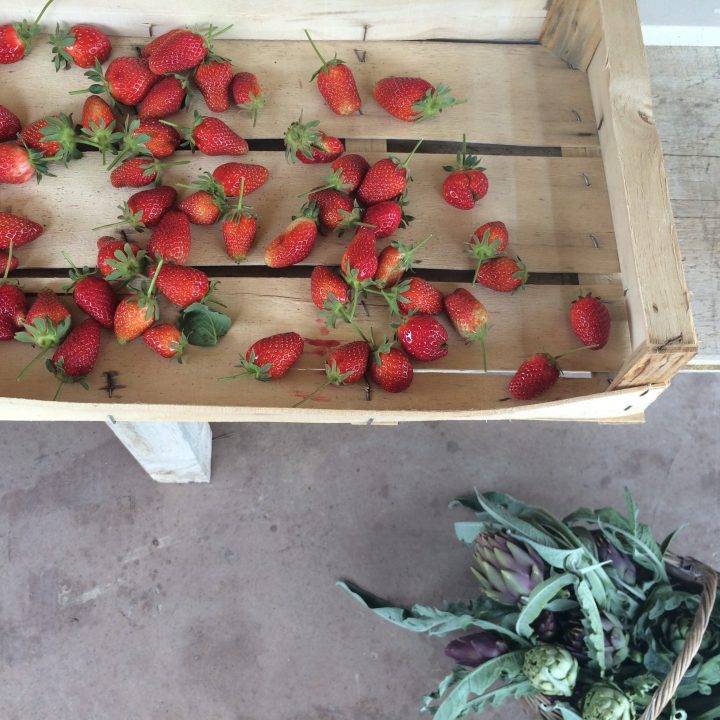The Giudecca, can be found in the South of Venice, looking lazily out over the South Lagoon. There is something ‘other’ about this slim strip of land. It’s even in the way that people speak about it that gives you an impression it stands slightly apart from the rest of Venice. Not lending itself to being discovered. However, once you have found your way here, you will realize that there’s a good reason so many have found a refuge in Giudecca. In particular the artistic community have taken advantage of the large studio spaces.
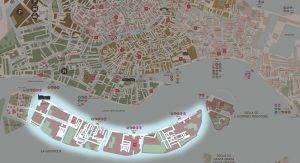 The Giudecca strictly speaking is part of Dorsoduro, but really the atmosphere is so different it is difficult to make the mental bridge between the two. If anything it is the artistic nature that remains, but the Giudecca is the slightly more austere, observing cousin of the carefree Dorsoduro area.
The Giudecca strictly speaking is part of Dorsoduro, but really the atmosphere is so different it is difficult to make the mental bridge between the two. If anything it is the artistic nature that remains, but the Giudecca is the slightly more austere, observing cousin of the carefree Dorsoduro area.
For a long time, I looked over to the Giudecca and was ignorantly underwhelmed, never thinking twice to travel to its foreign shores. This was partly because I had an ill informed impression of it, and I was also completely consumed by finding everything I could in the city center. Although no one will try to convince you that the Giudecca is equal to the City Center for many things, it is different and has much more than meets the eye.
The Particularities of Giudecca
Summer and Winter are dramatically different here, it almost feels as if the seasons are exaggerated here. Having said this, the winter is not to be discarded. As mentioned previously are large proportion of the cities artists live or simply work on the Giudecca. It is true that it is possible to find larger spaces, but it is also the freedom here that I am sure has attracted them. This is a legacy that can be found in so many of the books written about Venice.
Given how beautiful Venice is in the first place, it is not so much perhaps that there is more than meets the eye, but it is the element of constant surprise that I love. Perhaps this is an impossibly small door, down a hidden calle that opens onto a enormous hidden garden, or a boat yard with a secret restaurant, or a garden paradise, called Eden, that is closed to everyone.
Whatever it is you discover, there is something ‘other’ from start to finish, that I am struggling to put into words, so I urge you to go find it yourself.
I have not even touched upon the spectacular Churches that are here, but that is for another time. Discovering the Giudecca for the first time, I think, should be secular and without too much spelendor, just to give you an idea of what there is naturally. Walking from one side to another will not take you long, but you will find quite campos, small fruit vendors, artists studios. There are many routes that you could take but I would recommend loosing yourself, so try diving into the center and working your way from one side to another.
Where to go in Giudecca:
The Giudecca for a long time, amongst the artists, and writers, fishermen and fruit vendors, has also attracted the most elite hotels. At one end of the ‘table’ lies the Cipriani (Harry’s Dolci), at the other the Hilton, and in the middle the Bauer. A impressive concentration for such a small island.
The Bauer Spa is one that I have mentioned before, but if you have the time to spend in a Spa in Venice, then this is truly an unforgettable experience, and afterwards you can have an aperitivo on the water front or even their private gardens. These gardens are a sanctuary for us in the warm summer days.
How to arrive at Giudecca:
It is remarkably easy to arrive, easier than many other parts of Venice. The Vaporetto stops are called Redentore, Zitelle, Palanca and Sacca Fisola. It can be taken from San Marco, San Elena, Zattere or even directly from Piazze la Roma.
Where and what to eat (according to us)
Al Storico da Crea: (Fish)
Harry’s Dolci: The Smallest Artichokes, or Carpaccio
La Palanca: Ravioli filled with Branzino

